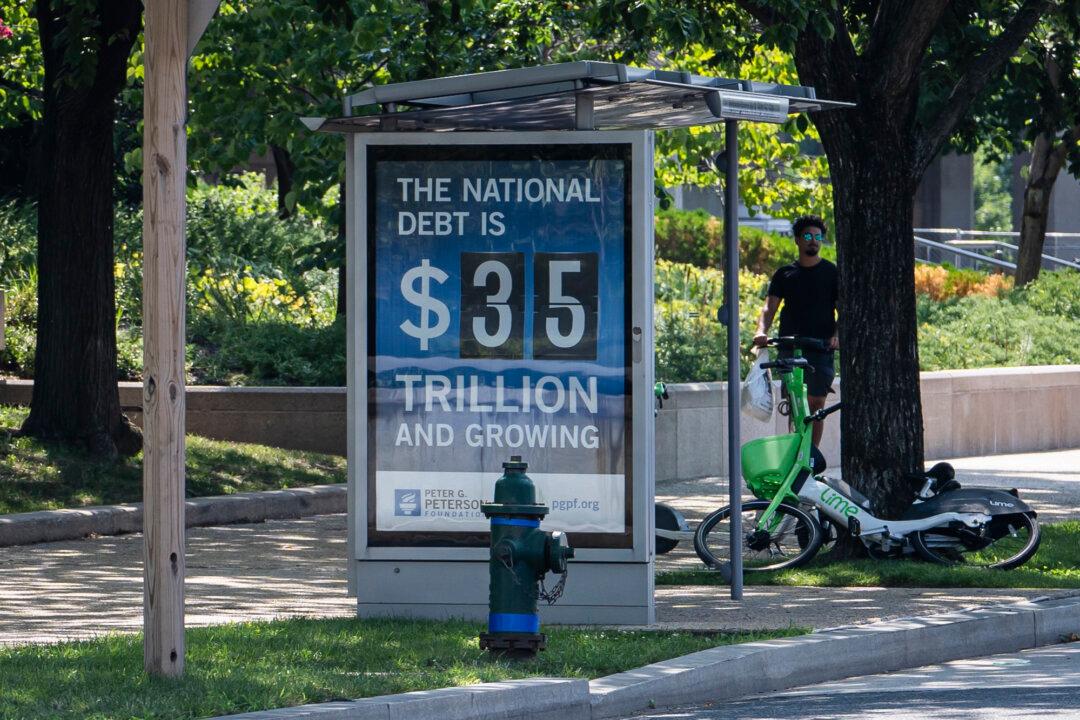The U.S. government kicked off fiscal year 2025 with a $257 billion budget deficit, according to the monthly Treasury statement for October.
Last month’s shortfall represented an approximate 289 percent increase from a year ago. It also was worse than the consensus estimate of $211 billion.





